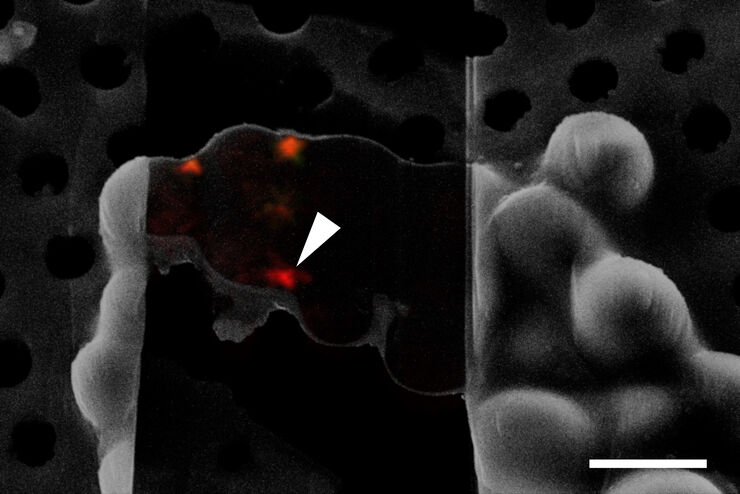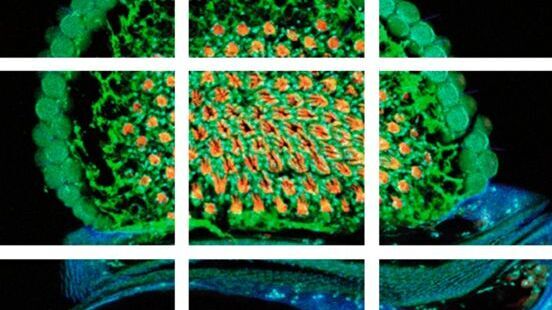Jan De Bock , Dr.

Application Manager (Life Science Research), Leica Microsystems CMS GmbH.
Jan has worked as a microscope professional in different roles since 2003. He joined Leica Microsystems in 2011 as a product specialist for confocal microscopy. In 2017, he became a member of the application management team where he is also responsible for correlative workflows, involving microscope systems under cryogenic conditions and sample preparation equipment. Jan studied biology and earned his PhD in the field of olfactory research.








